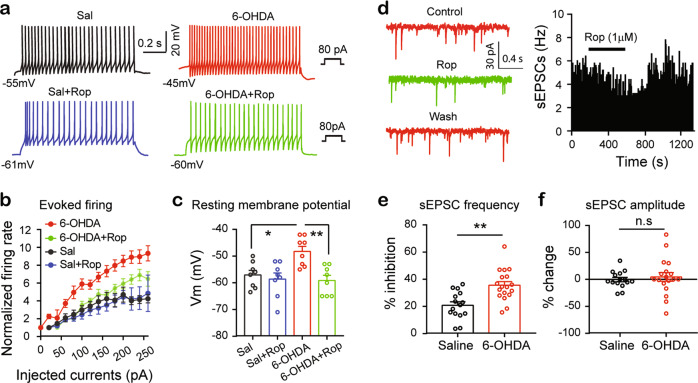Fig. 6. D2Rs are enhanced in spinal cord dorsal horn in the unilateral 6-OHDA-lesioned mice.
a Representative current-clamp recordings showing firing evoked by 80 pA current injection from an SDH neuron of a saline control mouse (left panels) and that from an SDH neuron of a 6-OHDA-lesioned mouse (right panels) in the absence (upper panels) and presence (middle panels) of ropinirole (10 µM). b Frequencies of firing evoked by depolarizing current steps in the SDH neurons in the saline control and 6-OHDA-lesioned mice in the absence and presence of ropinirole. Two-way ANOVA was used to analyze the data. n = 8 in each group; Group: F (3, 232) = 34.47, P < 0.0001; Current injection: F (13, 232) = 21.3, P < 0.0001; Interaction: F (39, 232) = 1.29, P = 0.13. c Summarized data showing the mean resting membrane potential of the SDH neurons in the saline control mice and the 6-OHDA-lesioned mice with and without ropinirole. One-way ANOVA: F (3, 28) = 6.71, P = 0.0015, n = 8 neurons in each group; Sal vs Sal+Rop, P = 0.94; 6-OHDA vs 6-OHDA + Rop, P = 0.0028; Sal vs 6-OHDA, P = 0.018; Sal vs 6-OHDA + Rop, P = 0.88. d Time course of the sEPSC frequency before, during, and after 5 min ropinirole (10 µM) in an SDH neuron in a unilateral 6-OHDA-lesioned mouse. e Summarized data showing the inhibition of the sEPSC frequency by ropinirole in the saline control mice and the unilateral 6-OHDA-lesioned mice. Saline (n = 15) vs 6-OHDA (n = 18), t = 3.88, P = 0.0005, unpaired t-test. f Summarized data showing the changes in the sEPSC amplitude by ropinirole in the SDH neurons in the saline control mice and the 6-OHDA-lesioned mice. Saline (n = 15) vs 6-OHDA (n = 18), t = 0.52, P = 0.61, unpaired t-test.

